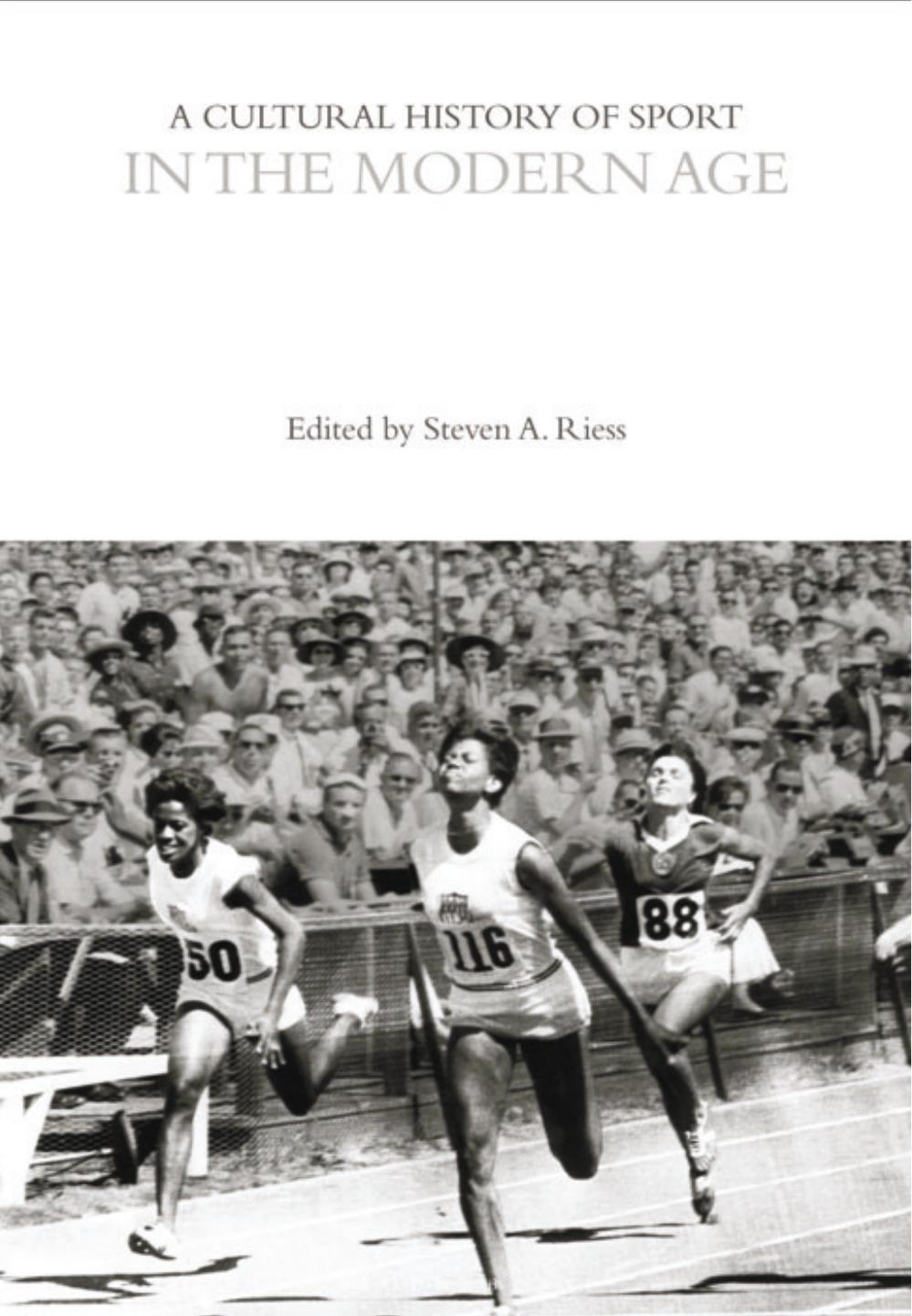A Cultural History of Sport in the Modern Age by Steven A. Riess

Author:Steven A. Riess [Riess, Edited by Steven A.]
Language: eng
Format: epub, pdf
ISBN: 9781350283107
Publisher: Bloomsbury Publishing
Published: 2021-10-07T00:00:00+00:00
RELIGION, GAMBLING, AND VIOLENCE
From the mid nineteenth century, organized sport had been promoted by religious leaders across the Atlantic world and by Christian groups and missionaries in Africa and Asia. The values and meanings initially associated with team games as they developed in the English public schools and then in educational establishments in formal and informal imperial settings were heavily influenced by religious morality. Muscular Christianity was inscribed with notions of manliness, teamwork, fair competition, and, perhaps most important of all, fair play (Holt 1989; Mangan 1998). But both the meanings and the game forms of Western sports were subject to varying degrees of modification and domestication over time. Anthropologists have perhaps come closest to capturing the complexities and contradictions in the process of sportâs dissemination across nations and cultures. In India, for example, it has been argued that while cricketâs formal properties worked in harmony with a number of fundamental aspects of local society and culture, such as the caste system, and particularly appealed to everyday understandings of Hinduism, rugbyâs emphasis on physical contact was problematic for the indigenous population (Darbon 2008). In China, similarly, Western notions of âfair play,â promoted through facilitating organizations such as the YMCA, were often resisted and gradually replaced by powerful native discourses such as that built around the idea of âface.â The notion of gaining or losing prestige, or face, at individual, local, or national level was so culturally embedded that it became central to the âmoral contentâ of sport in China (Brownell 2000: 49â50).
Sport, among Protestants and Catholics in most countries, had by the 1920s generally been acknowledged as an essential part of social life and a âuseful medium for the teaching of Christian valuesâ (Willis and Wettan 1977: 205; Baker 2007). The growth of church-based clubs demonstrated the value attached to sport as a means of attracting potential converts and ensuring that the church maintained a central role in local community life. In certain contexts, the new media-constructed sports stars of the middle decades of the twentieth century were represented and imagined as religious as well as national idols. The Italian cyclist Gino Bartali, for example, winner of the Tour de France in 1938 and 1948 and the Giro dâItalia three times, was transformed by Catholic propagandists and the Italian media into âGodâs Cyclist,â a representative of Christian ideals and virtues. Bartali was portrayed as a good Catholic man, and his personal and sporting life was seen as perfectly in tune with essential Catholic virtues such as chastity, stoicism, and charity. One incident during the 1938 Tour de France was frequently cited to illustrate his absence of aggression and his fundamental spirituality. Bartali, with his teammates ready to attack a Belgian rival who had attempted to knock him off his bike, apparently stepped in with the words, âLeave him, God will punish him.â While in his early career, Bartaliâs Catholicism was offered as a counter to fascist machismo and aggression, after the war he was presented as a symbol of Christian
Download
A Cultural History of Sport in the Modern Age by Steven A. Riess.pdf
This site does not store any files on its server. We only index and link to content provided by other sites. Please contact the content providers to delete copyright contents if any and email us, we'll remove relevant links or contents immediately.
The Vikings: Conquering England, France, and Ireland by Wernick Robert(79221)
Ali Pasha, Lion of Ioannina by Eugenia Russell & Eugenia Russell(39938)
The Vikings: Discoverers of a New World by Wernick Robert(36830)
The Conquerors (The Winning of America Series Book 3) by Eckert Allan W(36715)
Cecilia; Or, Memoirs of an Heiress — Volume 1 by Fanny Burney(32091)
Cecilia; Or, Memoirs of an Heiress — Volume 3 by Fanny Burney(31481)
Cecilia; Or, Memoirs of an Heiress — Volume 2 by Fanny Burney(31435)
Empire of the Sikhs by Patwant Singh(22779)
Hans Sturm: A Soldier's Odyssey on the Eastern Front by Gordon Williamson(18341)
The Secret History by Donna Tartt(18266)
Cat's cradle by Kurt Vonnegut(14804)
Sapiens: A Brief History of Humankind by Yuval Noah Harari(14006)
Pimp by Iceberg Slim(13828)
Talking to Strangers by Malcolm Gladwell(12916)
Norse Mythology by Gaiman Neil(12879)
Leonardo da Vinci by Walter Isaacson(12832)
Underground: A Human History of the Worlds Beneath Our Feet by Will Hunt(11857)
4 3 2 1: A Novel by Paul Auster(11842)
The Radium Girls by Kate Moore(11651)
